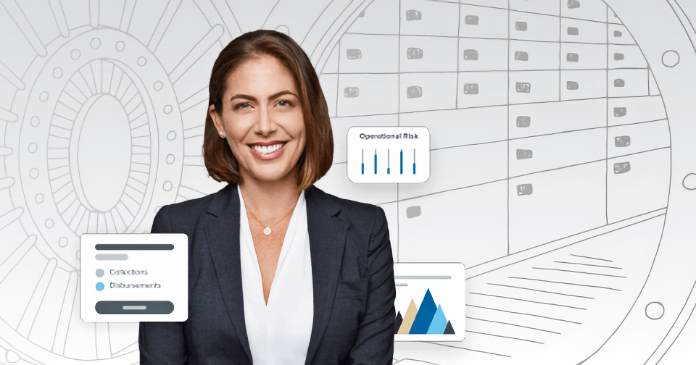Tune in to any financial podcast or watch a business-talk news show and you will hear about rising costs and lower earnings. Listen to the pundits and they’ll say we are either in a recession or it’s on the horizon. If you’re a business owner, chief financial officer or treasurer, what should you do?
Many CFOs share the belief that the current environment has been one of the most challenging periods, and they stress the importance of proactive expense management. In turn, they’re turning to their teams to find ways of reducing expenses to raise their company’s profit margin.
While there are many typical “levers” to pull to reduce expenses, it might be wise for CFOs and their finance teams to work with their bank as a strategic partner on reducing expenses.
One area to explore is a bank’s Earnings Credit Rate (ECR) program. A company with sufficient cash balances at a bank with a customized program might easily reduce monthly bank fees and other eligible transaction fees.
How an Earnings Credit Rate Program works.
Depending on the balance you maintain in a non-interest-bearing account and your bank’s ECR, your credit earnings could drastically reduce bank fees or pay them entirely.
ECR programs in the U.S. began in the 1930s. In the 1960s, banks provided “soft dollar” credits on non-interest-bearing deposits to offset clients’ bank fees. Today, businesses use earnings credit for cost control, efficiency, access to liquidity and reducing counter-party risk.
More than that, earnings credit is applied automatically each month. It’s efficient, transparent and nontaxable. Better still, bank fees and out-of-pocket business costs are reduced, which increases a company’s operating margin.
As with banks, not all Earnings Credit Programs are alike.
You should know that ECR programs and strategies differ from bank to bank. A large bank, for instance, might have a higher ECR, with hopes of attracting non-interest-bearing deposits. However, that same bank may also charge businesses significantly more in bank fees, resulting in thousands of dollars in higher fees and out-of-pocket costs. Profit margin and the bottom line take a hit as a result.
On the other hand, a smaller regional or community bank may be a more beneficial approach. A smaller bank might offer a lower ECR, but they will likely also have lower bank fees, which could be more favorable to a company’s profit margin. Also, a more business-friendly regional or community bank may allow you to offset other eligible nonbank fees with their ECR program. This could include courier charges, payroll administration costs and even certain software licensing fees. Again, all these cost savings boost a business’s bottom line.
Larger isn’t always better. Smaller business banks often have dedicated treasury management experts on staff. They will help you maximize earnings credit and even work with you on your business goals. They might also train your staff on using their bank’s platform.
Examining your Earnings Credit Rate options.
CFOs should look into their current bank’s ECR program and see if there might be a significant savings opportunity. It could be time to explore the possibilities:
1. Do you have significant banking transactions and associated fees?
2. Can your bank’s Earnings Credit Rate program be customized for your business?
3. Does your bank’s program cover all or most of your bank fees?
4. Can you pay other eligible nonbank fees with your earnings credit?
Moreover, if your current bank hasn’t reached out to address their ECR program with you lately, it might be time for a change. It might be good for your bottom line.
JAY SANDERS is the president of Specialty Banking, Deposits and Treasury Management at Banc of California and is a member of Banc of California’s management team. Mr. Sanders leads a diverse group of professionals that provide customized banking solutions for business owners, professionals, nonprofits and entrepreneurs.
For more information on the ECR program and Treasury Management Services offered at Banc of California, visit bancofcal.com or call 949-749-7230.


